OpenAI Image Generation:DALL·E 3 and ChatGPT Join Forces
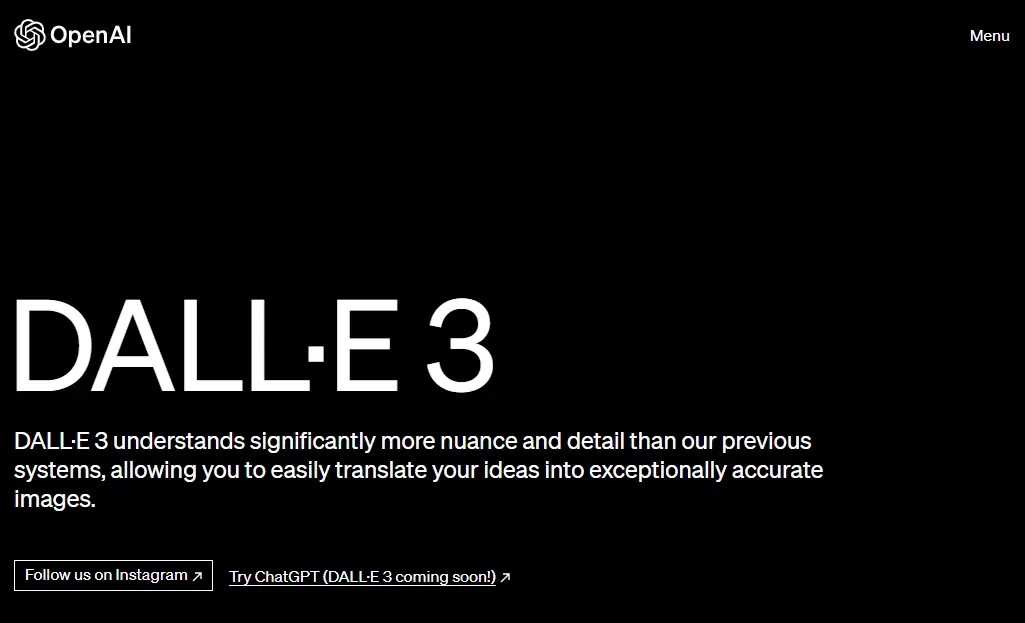
Hello, dear reader! If you’ve been keeping up with the world of AI, you’ve probably heard of OpenAI’s DALL·E 3. If not, don’t fret! I’m here to give you the lowdown on this exciting development. Imagine a world where you can generate images with just a few words. Sounds like magic, right? Well, with DALL·E 3, that magic is becoming a reality.
OpenAI’s DALL·E 3 is a revolutionary AI image-synthesis model integrated with ChatGPT. It can generate, edit, and create variations of images based on text prompts, setting new standards in the AI image generation domain.
Table of Contents
Does OpenAI have image generation?
Yes, OpenAI has made significant strides in the realm of image generation. With models like DALL·E, OpenAI has showcased its prowess in generating images from textual descriptions. This capability is not just about creating any image but about crafting visuals that closely align with the intricacies of the provided prompts. The technology harnesses the power of advanced neural networks, enabling the generation of images spanning a wide array of themes, from the mundane to the fantastical. As AI continues to evolve, OpenAI’s commitment to pushing the boundaries of image generation remains evident.
What is DALL-E 3?
DALL·E 3 represents the pinnacle of OpenAI’s image generation technology. It’s the latest iteration of the DALL·E series, designed to synthesize images with even greater accuracy and detail. What sets DALL·E 3 apart is its seamless integration with ChatGPT, another marvel from OpenAI. This integration means that DALL·E 3 can generate images based on intricate descriptions and even handle in-image text generation, a challenge for its predecessors. The model’s ability to adhere closely to complex prompts makes it a groundbreaking tool in the AI landscape. Whether you envision a surreal landscape or a detailed portrait, DALL·E 3 is equipped to bring your imagination to life.
Understand the nuances of semantics
- Detail Adherence: DALL·E 3 excels in capturing the minute details of a prompt, ensuring the output is a true reflection of the user’s vision.
- Textual Interpretation: The model’s prowess in understanding and interpreting text means it can generate images that are not just visually appealing but contextually accurate.
- Prompt Fidelity: DALL·E 3’s commitment to prompt fidelity ensures that the generated images are not just random visuals but meaningful representations of the provided descriptions.
For example, this example picture given on the official website achieves accurate understanding of semantics, including picture background, character images, morphological descriptions, etc., and is perfectly displayed:
The bright moon hanging high in the sky reflects the bustling streets, full of pedestrians.
At a corner stall, a young woman with fiery red hair and a signature velvet cloak was haggling with a grumpy old vendor.
The grumpy hawker, tall and sophisticated, wearing a neat suit and a striking mustache, was chatting animatedly on his steampunk phone.
DALL·E 3 can even interpret vague adjectives such as bustling, bargaining, and grumpy to life.
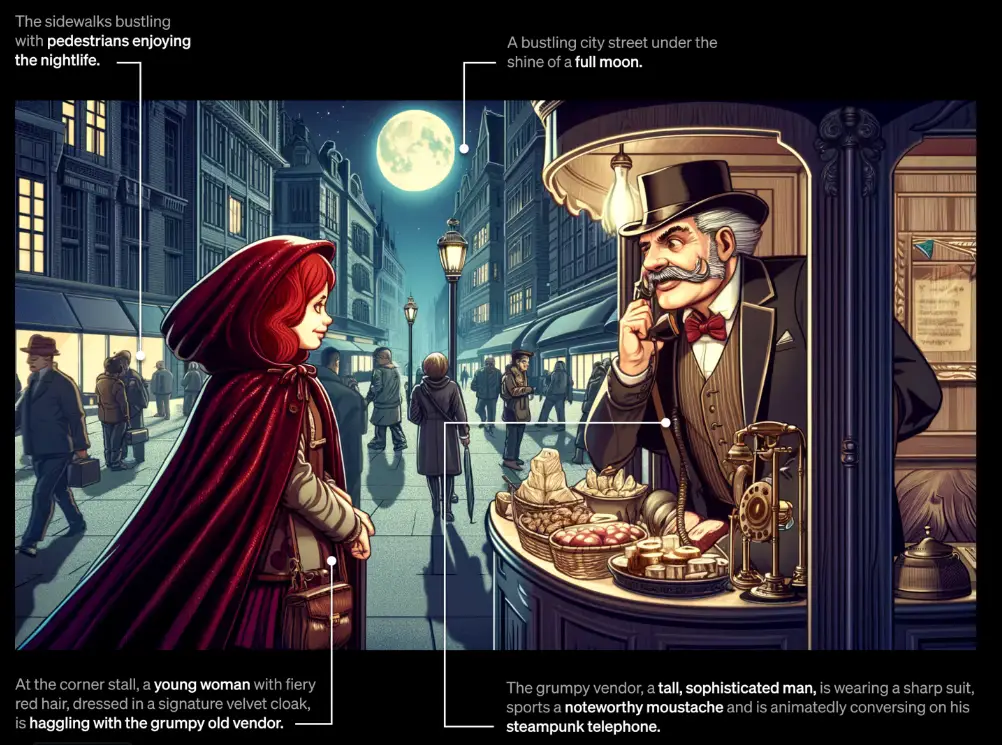
DALL·E 3’s painting skills have improved greatly
The evolution from DALL·E 2 to DALL·E 3 has seen significant enhancements in the model’s painting capabilities. While the earlier versions were impressive, DALL·E 3 takes it a notch higher. The images it produces are more refined, with a keen attention to detail. Whether it’s the intricate patterns on a butterfly’s wing or the subtle emotions on a human face, DALL·E 3 captures it all with finesse. OpenAI’s emphasis on eliminating the need for hacks or prompt engineering means that the model can create engaging, high-quality images by default, making it a game-changer in the world of AI image generation.
Integrate with ChatGPT
The integration of DALL·E 3 with ChatGPT is nothing short of revolutionary. By combining the prowess of two of OpenAI’s most advanced models, the capabilities of AI in understanding and generating content have reached new heights. This integration means that DALL·E 3 can not only generate images based on intricate descriptions but can also engage in a dynamic conversation, refining the image output based on the context of the chat. Imagine having a brainstorming session with an AI, where you discuss an idea, and the AI brings it to life visually in real-time. That’s the power of DALL·E 3 integrated with ChatGPT. It’s not just about creating static images; it’s about crafting visuals that evolve with the conversation, making the AI a true creative partner.

When parents want to turn the fantasy of a “Super Sunflower Hedgehog” into reality for their children, the perfect combination of DALL·E 3 and ChatGPT shows unparalleled magic. From drawing an image for the protagonist Larry, to designing a fantasy home for him, to weaving a complete adventure story, these two AI tools not only provide us with vivid illustrations, but also write fascinating storylines for us, truly realizing The deep integration of text and images brings a fairy tale world full of imagination to children.

Solved the problem that the previous version of DALL·E could not accurately generate text.
One of the challenges faced by the earlier versions of DALL·E was the accurate generation of in-image text. Whether it was labels, signs, or any textual content within the image, achieving precision was a hurdle. With DALL·E 3, this challenge has been effectively addressed. The model can now generate images with embedded text that aligns perfectly with the given prompt. For instance, if a user provides a description of an avocado in a therapist’s chair saying, “I feel so empty inside,” DALL·E 3 can create an image with the avocado and the exact quote encapsulated in a speech bubble.
CEO Altman’s favorite picture is “Avocado Seeing a Doctor.” We can take a look at the comparison between DALL·E 3 and DALL·E 2. Under the same prompt word, the depiction of avocado is completely different. DALL·E 2 only shows the literal semantics, but DALL·E 3 sublimates the content of the picture and the text is also accurate.
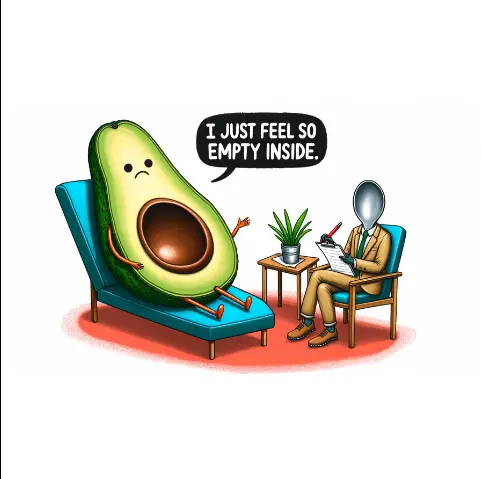

I can’t help but think of the place where DALL·E’s dream began: the avocado sofa. No wonder netizens exclaimed: Look how far it has come!

DALL·E 3 will soon be equipped with an image discriminator
OpenAI’s commitment to ethical and responsible AI development is evident in its plans to equip DALL·E 3 with an image discriminator. This feature aims to ensure that the generated images adhere to ethical standards and do not infringe on copyrights or promote harmful content. By introducing an image discriminator, DALL·E 3 will be better positioned to evaluate the generated images against a set of predefined criteria, ensuring that the output aligns with OpenAI’s commitment to responsible AI. This move not only enhances the model’s capabilities but also reinforces trust among users, ensuring that they can leverage the power of DALL·E 3 without any reservations.

Prevent the generation of infringing images
In the age of digital content, copyright infringement is a significant concern. OpenAI, with its forward-thinking approach, has taken proactive measures to address this issue in DALL·E 3. The model is designed to prevent the generation of images that might infringe on copyrights or intellectual property rights. This is not just about adhering to legal standards but also about promoting ethical AI practices. By ensuring that the generated images are original and do not replicate copyrighted content, DALL·E 3 offers users the peace of mind to harness its capabilities without legal concerns. This feature is a testament to OpenAI’s commitment to responsible AI development and its dedication to safeguarding the interests of content creators and users alike.

Training data from the OpenAI official website Disclaimer
Transparency is a cornerstone of OpenAI’s philosophy. The training data for DALL·E 3 is a blend of diverse sources, ensuring a comprehensive and unbiased model. OpenAI ensures that users are aware of the origins of this data. The official website provides a “Disclaimer” that sheds light on the sources of the training data, which includes images created by human artists and photographers, some even licensed from stock websites. By being transparent about the data sources, OpenAI reinforces trust and ensures that users have a clear understanding of the model’s foundation.
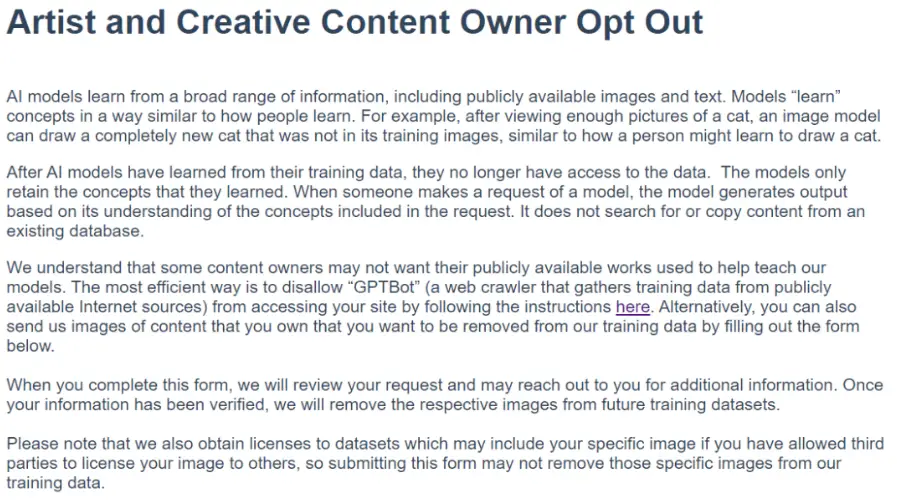
When DALL-E 3 Released?
OpenAI announced the groundbreaking DALL·E 3 recently, marking a significant milestone in the realm of AI image generation. The buzz around this release was palpable, given the advanced capabilities and features that this iteration brought to the table. DALL·E 3 was set to be available to ChatGPT Plus and Enterprise customers in early October. This release not only showcased the advancements in AI technology but also highlighted OpenAI’s commitment to continuous innovation and its vision to redefine the boundaries of what AI can achieve.
OpenAI Images API
OpenAI’s Images API is a testament to the organization’s commitment to making AI accessible and usable. This API provides developers with a gateway to harness the power of DALL·E 3, allowing them to integrate advanced image generation capabilities into their applications. Whether it’s for content creation, design, or any other domain that requires visual content, the OpenAI Images API offers a seamless way to generate images based on textual descriptions. With a user-friendly interface and robust documentation, developers can easily tap into the world of AI-driven image generation, bringing their visions to life with unparalleled accuracy and creativity.
OpenAI image generation usage
- Content Creation: Generate unique visuals for articles, blogs, and other content pieces.
- Design Prototyping: Quickly create design mockups based on textual descriptions.
- Educational Tools: Visualize complex concepts for better understanding.
- Gaming: Generate in-game assets or scenes based on player inputs.
- Marketing: Craft bespoke visuals for campaigns based on specific themes or ideas.
- Personalized User Experiences: Generate user-specific visuals in apps or websites based on preferences.
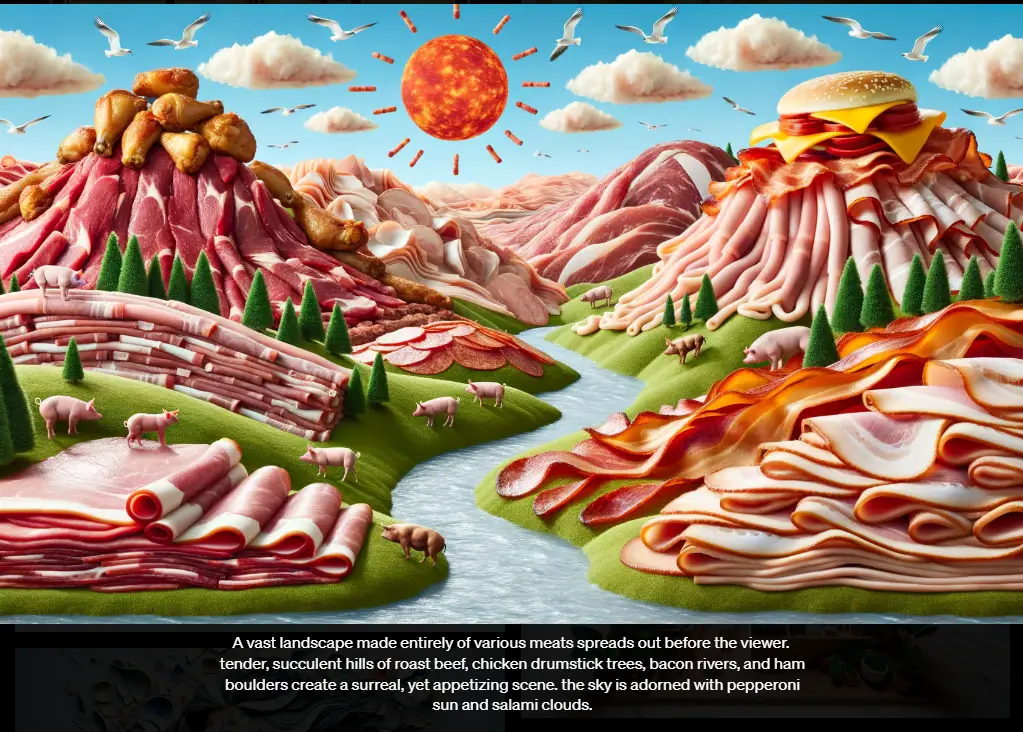
When you click on each picture, you can also see prompt words, complex scenes and non-existent concepts. The effect is amazing.
Putting pressure on MidJourney and Google Gemini?
The release of DALL·E 3 has undoubtedly sent ripples across the AI industry. Competitors like MidJourney and Google Gemini are feeling the heat. While these platforms have their strengths, the capabilities of DALL·E 3, especially its integration with ChatGPT and its advanced image generation features, set it apart. The ability of DALL·E 3 to generate high-fidelity images based on intricate descriptions challenges the status quo. OpenAI’s commitment to continuous innovation and its transparent approach further amplify the pressure on competitors. As the AI landscape evolves, it will be intriguing to see how other players respond to the benchmark set by DALL·E 3.
Conclusion
The world of AI image generation is evolving rapidly, and OpenAI’s DALL·E 3 is a testament to that. With its advanced features and integration with ChatGPT, the possibilities are endless. So, next time you think of a whimsical scene, remember, DALL·E 3 might just be able to bring it to life!

